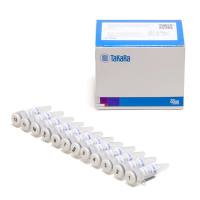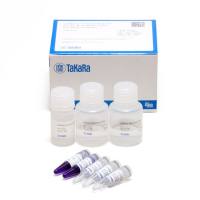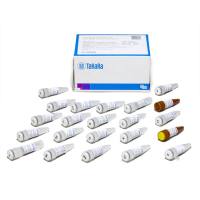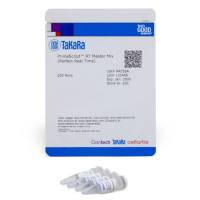The principle of time-resolved fluorometry and its application to solidphase immunoassays (TR-FIAs) was invented in the 1980s in Turku, Finland at the Wallac Biochemical Laboratory and University of Turku (1 ,2 ). One of the early diagnostic applications was the detection of viral antigens with immunoreagents prepared from either polyclonal or monoclonal antibodies (3 –7 ). Viral antigen detection using time-resolved fluorescence combined with one-step immunoassay has resulted in the highest sensitivities obtained with any solid-phase immunoassays. In the test, Eu-labeled monoclonal antibody reacts quickly and efficiently in liquid-phase with the viral antigen of the test specimen and the formed antigen-antibody complex is adsorbed to another monoclonal antibody attached to solid-phase (Fig. 1 ). The bound Eu-chelate is then measured with a single-photon-counting fluorometer designed to measure only the specific lanthanide fluorescence with a long decay time. This is achieved when the background fluorescence reaches an insignificant level, The specificity of fluorescence is further increased by the large difference between the excitation and emission wavelengths of lanthanide compounds (Stoke’s shift).
Fig. 1.
Principle of the monoclonal one-step time-resolved fluoroimmumoassay for the detection of viral antigen. (
A
) Addition of reagents and incubation; (
B
) removal of reagent excess; (
C
) measurement with time-resolved flourometry.
![ENOX1/ENOX1蛋白Recombinant Human Ecto-NOX disulfide-thiol exchanger 1 (ENOX1)重组蛋白Candidate growth-related and time keeping constitutive hydroquinone [NADH] oxidase蛋白](https://img1.dxycdn.com/p/s14/2024/0914/386/8235194321829384381.jpg!wh200)





